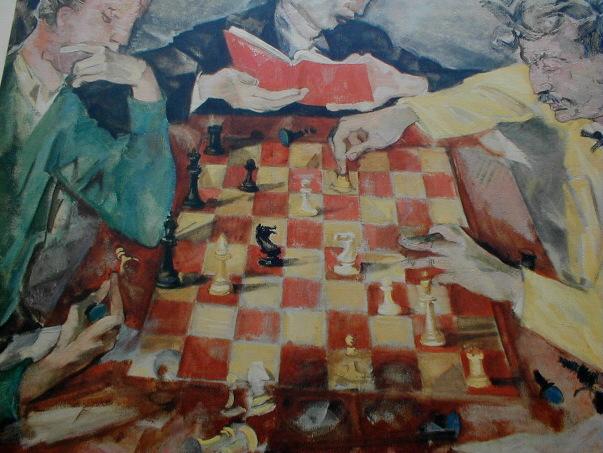Rummaging through my sock drawer

I have done a quick read of Tempos, Mousetrappers and other comments on pattern recognition, different types of memory and the color of sox. Alot of territory to be covered here.
When Tempo talks about the amounts of different diferent patterns
10 basic motifs X 8 preparational moves = 80 different patterns. It seems to be there are alot of variations on the same theme. For example a Trap that involves a Queen Move to A8 mating a King in a crowded position feels much different to me that a pawn giving mate on the side of the board though they can be technically be considered as the same theme. My recognition of one does not equal the recognition of the other. So there are tons of patterns to be absorbed.
I found the comment as to how does a grandmaster builds repetition without using computer programs like ct-art interesting. I imagine some of this may come through game play or game study arriving at a position and visualizing a move to eliminate it (I can't take that pawn with the bishop cause it will be pinned to my king and lost. ) This visualization is most likely instanteous as part of a quick board scan and maybe done on a subconcious level.
There are some elements of a game that almost always jump out at me ie My opponents queen placed in front of his king ,Blacks knights on the seventh rank near king with a king in a crowded position leading to a smothered mate, opponents bishop pinning my Knight to my queen (legal mate?) , 2 pieces on the same rank seperated by a single square leading to a pawn fork.
Certainly there is an element of pattern recognition where an internal alarm goes off and says I can win some material here or I am in trouble here just by a glace at the board.
Here is an example of the Knights on the 7th rank
from a quick game I played earlier today on the net. poorly played by me up to this point included missing the mate a move before it happened. I have been playing poorly lately with corresponding rating decline which is normally a sign of too little tactical study or game study and too much rapid casual chess game playing. ahem...........
viewer for game 1. e4 e6 2. d4 d5 3. Nc3
Nf6 4. e5 Nfd7 5. Bd3 c5 6. Bb5 Nc6 7. Nge2 cxd4 8. Nxd4 Ncxe5 9. Bf4 Ng6 10.
Qd2 Nxf4 11. O-O-O Ng6 12. Nxd5 exd5 13. Nf5 Ne7 14. Rhe1 a6 15. Nd6# 1-0
Also I just got a copy of Soltis how to choose a chess move from the library and this is very interesting. They have a demonstration of Kasparov thinking in a game that is very insightful.


4 Comments:
At 10:38 AM, Christian said…
Christian said…
Beautiful this knight mate. It is #7 of the eight basic mate patterns. King of the Spill was first to list them, and they have been referred a lot by other Knights. I think it helps to visualize always the basic pattern (adding even the non-existing squares beyond the edge) whenever you see a mate.
At 8:11 PM, Unknown said…
Unknown said…
You know, I find that playing lots of openning themed slow games to be very helpful in learning patterns. That's why I paly so many turn-based games and mix in at least 1 slow game a day as well.
The other thing that has really helped is studying strategy - small positional gains lead to good tactical opportunities. . .hmm. I may write a blog entry about that. . .
At 11:41 AM, transformation said…
transformation said…
as always, fresh and alive content. thx, dk
At 2:11 PM, Temposchlucker said…
Temposchlucker said…
You have a point with your comment on my socks.
Post a Comment
<< Home